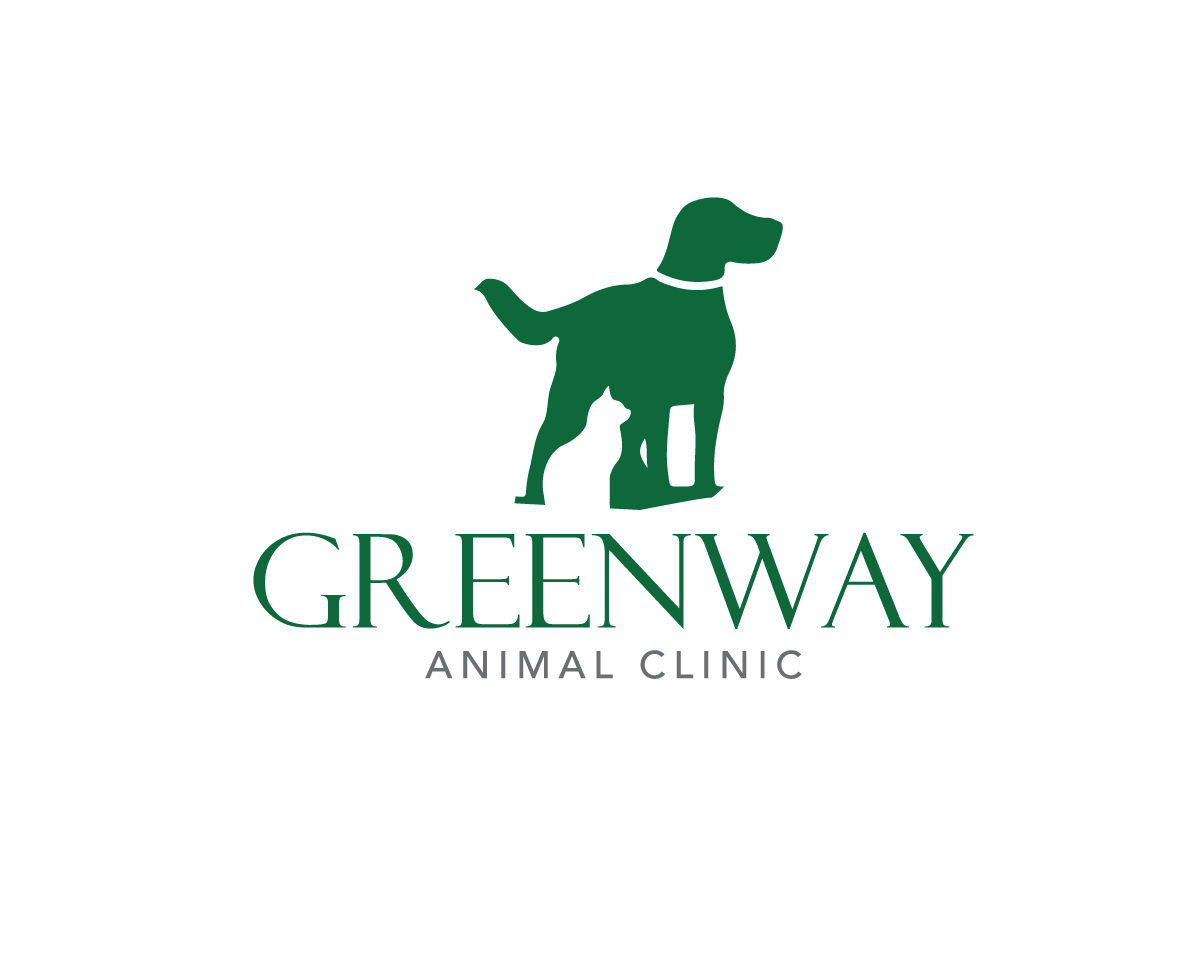Pet Health Library
-
Raising an orphaned kitten can be a rewarding experience. However, kittens are very fragile, and raising them can be difficult, time consuming, and not always successful. Included are basic considerations and frequently asked questions in regards to hand rearing kittens.
-
The harvest mite (Trombicula autumnalis) is a mite the larval stage of which causes considerable discomfort to cats and dogs during the late summer and autumn. The mite is not common in Australia and only rural cats are usually affected. The fluid injected by the mite is very irritant causing the cat to scratch, bite and lick which may result in extensive self-inflicted injury. Your vet will give you appropriate treatment.
-
Heart disease can be divided into two groups, congenital and adult onset forms. In congenital disease the defect is present at birth. The cause of most types of adult onset heart disease is unknown. Heart disease is relatively common in cats, and treatments will depend on the cause of the problem.
-
When the heart fails to pump sufficient blood around the body it tries to compensate by changing the rate and sometimes the strength of contractions. Pooling of blood in the organs and tissues of the body leads to signs of congestion.
-
Cardiomyopathy is degeneration of the heart muscle so that the heart, which is basically a muscle pump progressively fails.
-
Heart failure is the inability of the heart to maintain a circulation sufficient to meet the body's needs. Heart failure most usually describes a failure of the heart muscle (myocardial failure).
-
Heartworm disease (dirofilariasis) is a serious and potentially fatal disease in dogs in many parts of the world. It is caused by a worm called Dirofilaria immitis.
-
This tumour is a disordered and purposeless overgrowth of modified sebaceous glands known as the hepatoid glands. These glands only occur in dogs. T
-
Hip dysplasia is a deformity of the hip which occurs during the growing period.
-
Hookworms are parasites which get their name from the hook-like mouthparts they use to attach to the intestinal wall. Despite their small size, they suck large amounts of blood from the tiny vessels in the intestinal wall.

